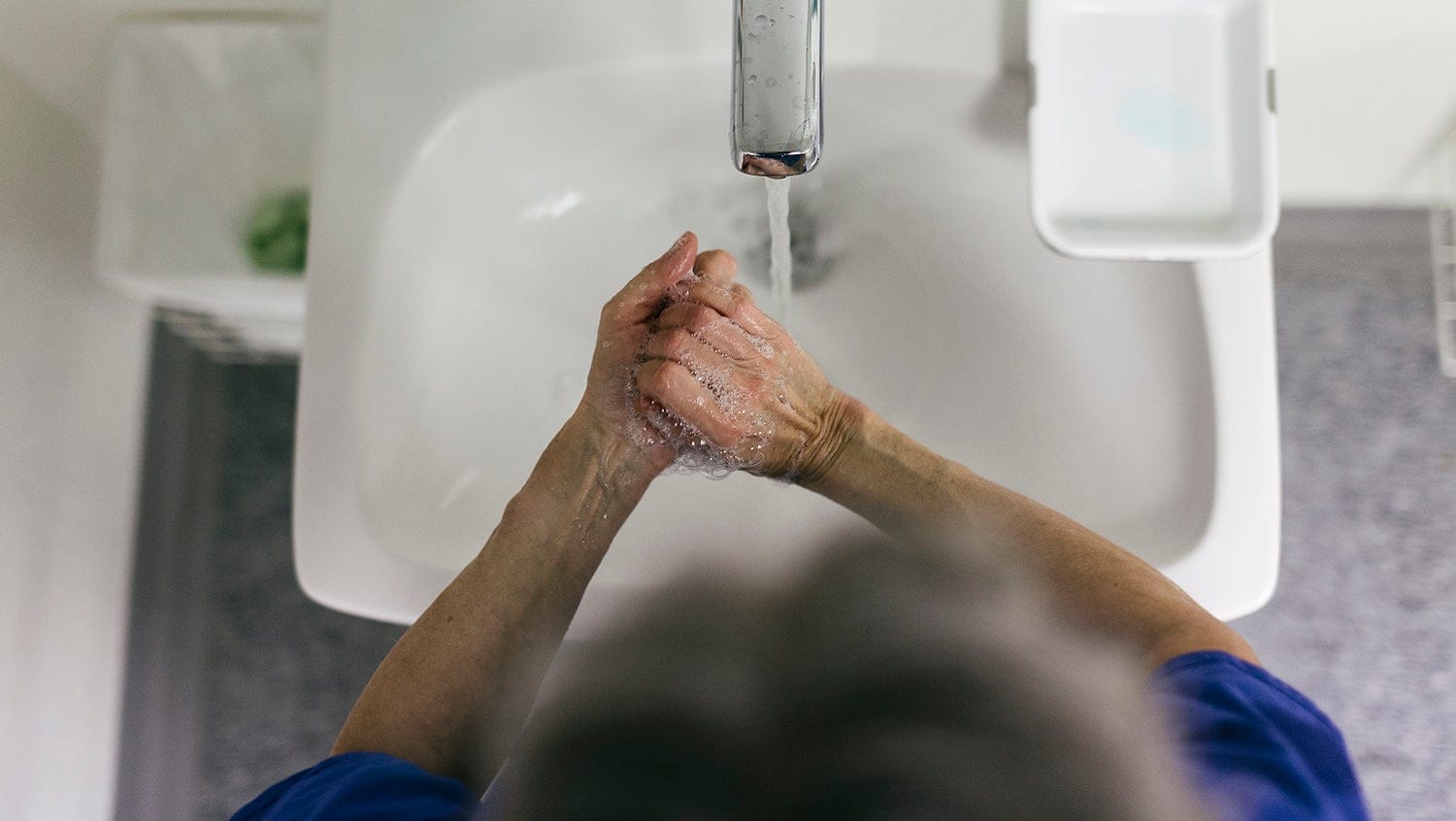
Getty Images
When flattening the curve requires cooperation of the masses, the challenge lies in making sure the message spans language and literacy barriers.
As the COVID-19 crisis escalates across the country sparking unprecedented shelter-in-place orders, public health experts and physicians are grappling with how to educate an entire population on the importance of social distancing and hygiene measures to slow the virus’s spread. Flattening the curve requires cooperation of the masses, yet for the tens of millions of U.S. residents with low literacy or limited English proficiency, the message may be lost.
Infectious disease specialist Benjamin P. Linas, MD treats diverse patients at his clinic at Boston Medical Center and recognized an absence of COVID-19 health education materials that could speak across language, literacy levels, and cultural norms to reach them all. With positive case counts quickly mounting, Linas worried that this void would hamper efforts to contain the virus and leave people already on the fringes of society even more vulnerable.
“If materials are not culturally appropriate, they are not communicating the intended message,” explains Linas. “Either they will be ignored, or worse, misunderstood and convey false information.”
A silver lining to the outbreak is that it has invoked a sense of urgency and togetherness across the globe. Not waiting for large-scale organizations to present the information top-down, Linas created the guidelines himself. Through widespread collaboration, the infosheets are available in over 30 patient languages and dialects, are embeddable within the EHR for order and distribution after all visits — and are freely available to anyone.
Crowdsourcing patient reach and engagement
Linas enlisted Eleanor Murray, ScD, an assistant professor of epidemiology at Boston University School of Public Health, to create new visuals for the COVID-19 patient fact sheets. Murray is known among her colleagues for her ability to distill complex epidemiological concepts into simple cartoons. This visual style is engaging and welcoming across cultural differences, and her simple stick figure sketches could be quickly drafted to address COVID-19 health protocols.
Our #COVID19 info sheet is now available in 11 languages! Check them out on my github:https://t.co/axLndK6KHC
Huge huge thanks to everyone who helped translate, copy, and proofread!!
cc @BenjaminLinas @The_BMC pic.twitter.com/1sueZBiELY
— Ellie Murray (@EpiEllie) March 18, 2020
Murray took to her Twitter account to share the new materials and asked multilingual followers for help with translations. The pan-cultural nature of the messages and the images is demonstrated by the response, says Linas — her original post about the project spread rapidly with nearly 1,000 retweets, and the translations poured in. At the time of publishing, the fact sheet ‘5 Tips for Coronavirus Safety’ is available in 32 different languages and dialects.
The materials, which have now expanded to include ‘What to Do While Waiting for Your COVID-19 Test Results’ and ‘What to Do if Your COVID-19 Test Is Positive,’ are available on an open-source basis. Healthcare providers can download the fact sheets and incorporate them into their own electronic medical record system. At BMC, physicians worked with the EHR team to embed these images in the after-visit summary for all patient visits.
Sharing these fact sheets as broadly as possible is just one small contribution to a herculean public health effort to slow the spread of coronavirus.
“Social distancing is social solidarity,” says Linas. “This is a real cooperation between human beings all over the world to try to stop an epidemic. Humanity has never done that before. We are in a difficult phase, but we are going to make history, and this moment will be remembered.”


